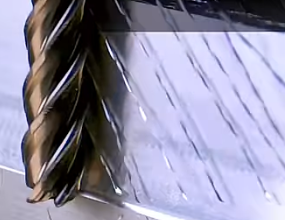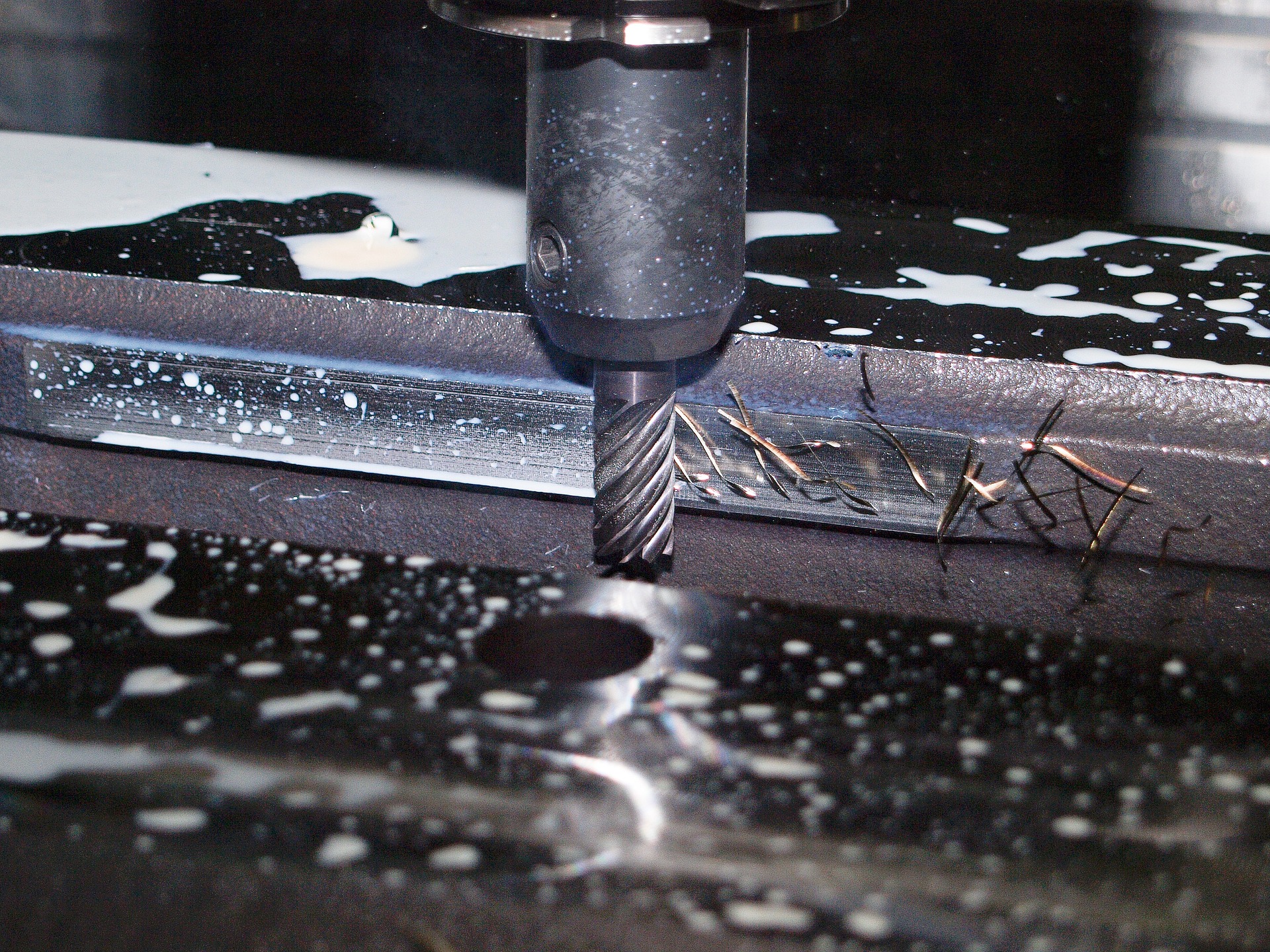
TL;DR: Scrap is usually many tiny, fixable problems. Measure the same way every time, react fast, standardise programming and setups, and check the first few parts like your margin depends on it - because it does.
What scrap really costs
- Scrap hurts more than just material. It also eats machine time, tooling, inspection time, rush shipping, and reputation.
- Keep it simple: track scrap the same way every time and review it weekly so small leaks don’t become floods.
8 moves to cut scrap now
- Make it measurable
• Log every scrap part with op number, tool, and cause - photos help spot patterns.
• Review scrap weekly and stop to investigate if any op scraps 2+ parts in a shift.
• Set up simple “tripwires” and a quick reaction plan so small issues don’t snowball.
- Prevent it before the chips fly
• Verify material certs and IDs at Goods-In; clearly label suspect stock.
• Use CAM templates and standard tool libraries to avoid setup or program errors.
• Flag unnecessary tolerances and complex shapes early in design feedback.
- Setup right, nail first‑off
• Inspect the first 5–10 parts against the print - never assume setup is perfect.
• Use poka-yoke fixtures and hard stops to eliminate operator variation.
• Build stage inspections into your process (e.g., check key dimensions every 10th part) to catch drift early
- Control tooling & checks
• Replace tools by count or wear data, not feel - track life on the setup sheet.
• Preset and probe all tool lengths and diameters; check runout on critical cutters.
• Ensure correct holder and stick-out lengths have been adhered too before loading.
- Keep machines capable
• Warm up spindles and axes at the start of each shift.
• Check kinematics after crashes or maintenance.
• Stick to a preventive maintenance schedule - lube systems, ball screws, filters, and way covers need attention before they fail
- Process control & traceability
• Track critical dimensions per job with a simple control chart - spot drift early.
• Use barcodes or QR codes for fixtures, lots, and jobs to prevent mix-ups.
• Do a clean line clearance before every changeover - no chips, no leftovers.
- People & standard work
• Use visual SWIs with photos for probing, setups, and cautions
• Have peers review new programs and setups before release.
• Maintain a skills matrix and celebrate zero-scrap streaks to build culture.
- Batching & schedule
• Run smaller, more frequent batches to catch issues early.
• Plan jobs so similar materials, tools, or setups run back-to-back to reduce changeover errors.
• Review daily priorities with the team - clear schedules prevent rushed setups and mistakes.
Put a one‑page reaction plan at every machine (contain → root cause → countermeasure → verify). Use it whenever a tripwire triggers.
Quick wins this week
- Start a single scrap log (with photos).
- Run a weekly 10‑minute Pareto and pick one fix.
- Add a “First‑10” check on two CTQs, then drop to every 10th.
- Standardise one CAM template (entry/exit, stepovers, order).
- Label/segregate lots; add a line‑clearance checklist.
How CloudNC helps
CloudNC's CAM Assist cuts variation and speeds programming by:
- Accelerating expert-level decisions - instantly generating toolpaths that reflect best practice, without relying on templates.
- Planning the whole job holistically - evaluating the entire part and setup (stock, workholding, tool access, machine limits) to sequence operations, validate reach/collision/engagement, and drive first-off success.
- Improving cutting performance with AI-driven, physics-based parameters that balance speed, tool life, and surface finish for every tool and material.
If repeat scrap smells like programming inconsistency, let’s talk.




